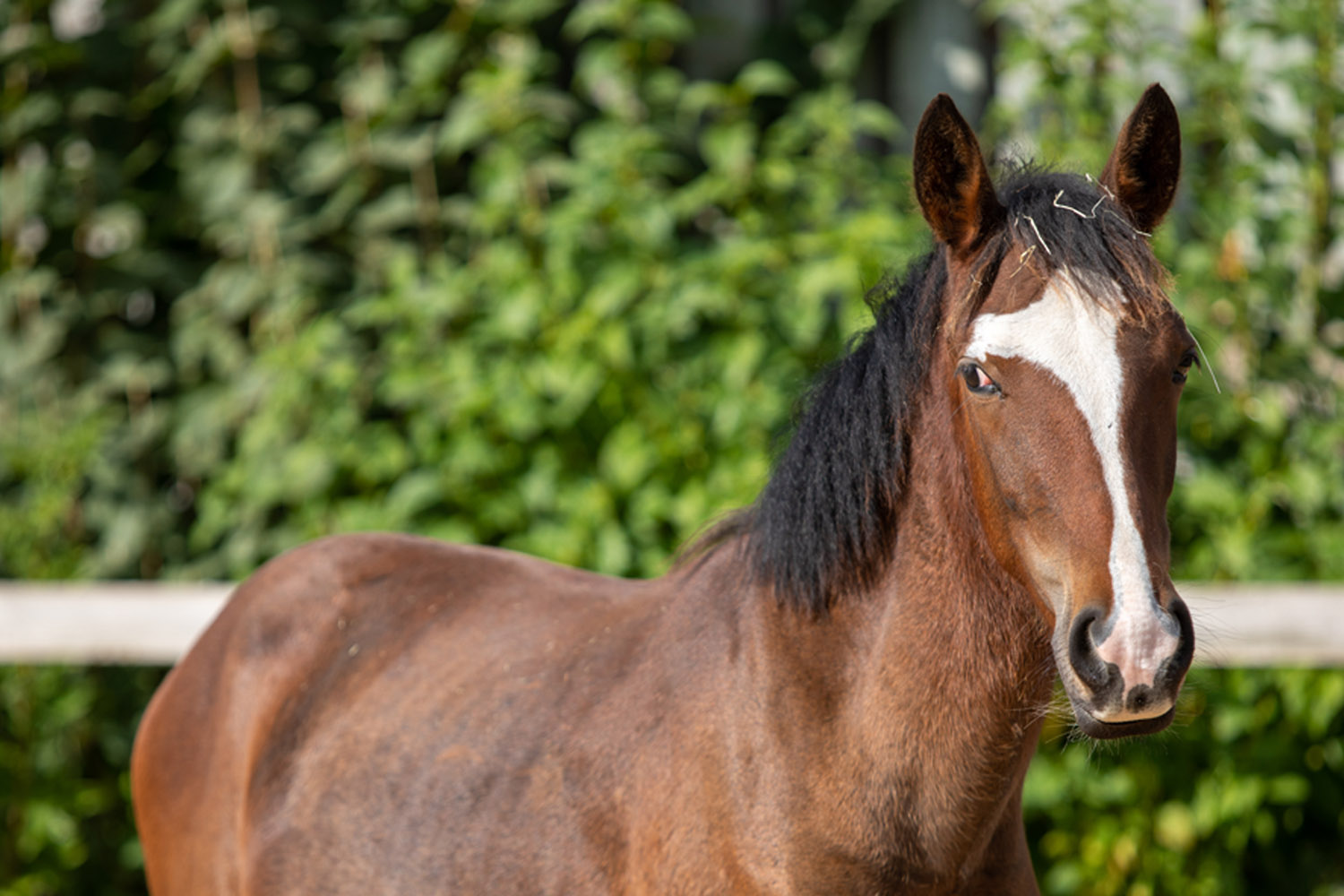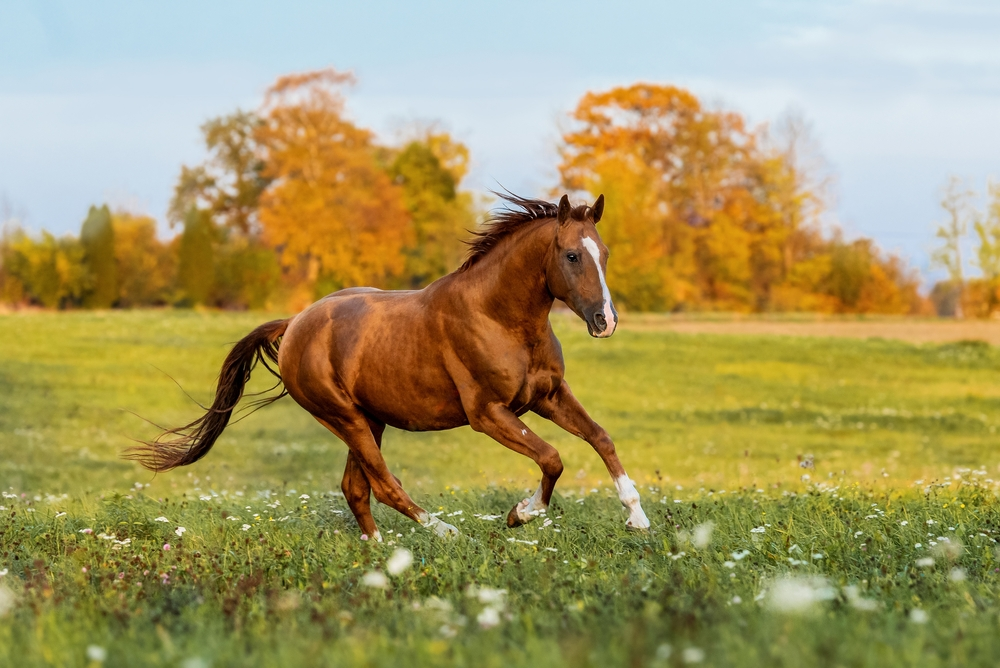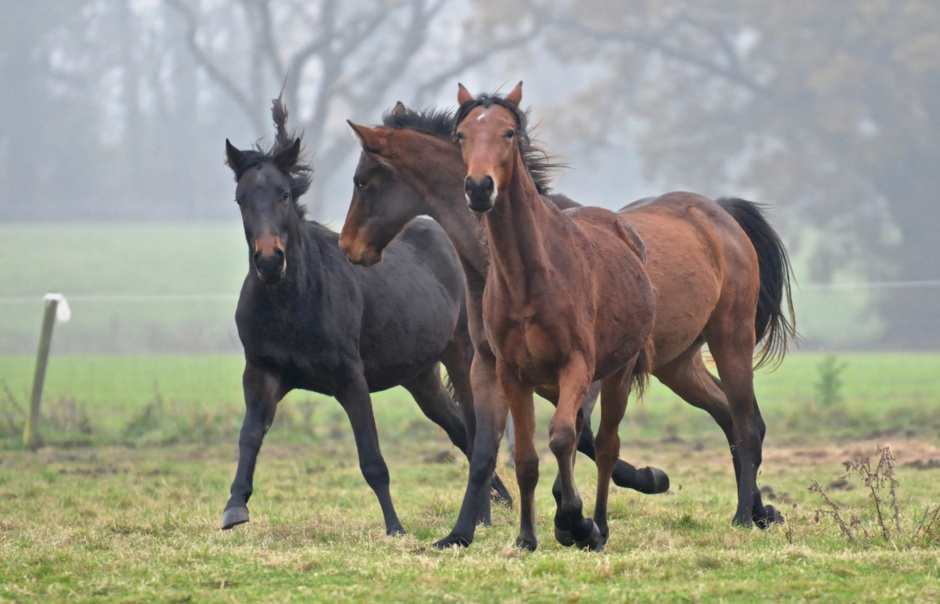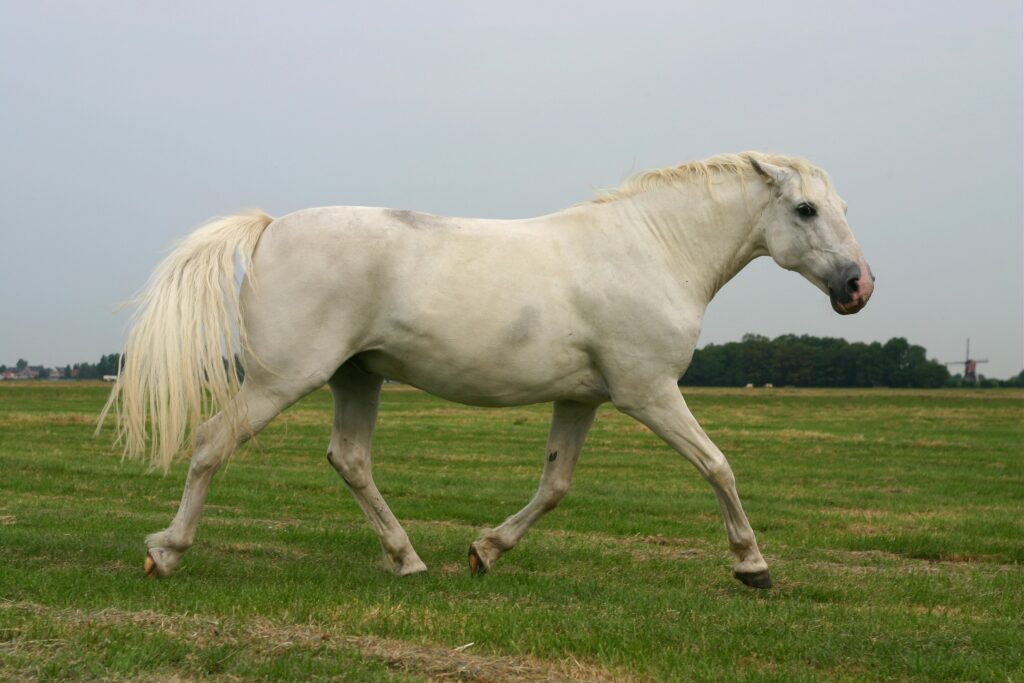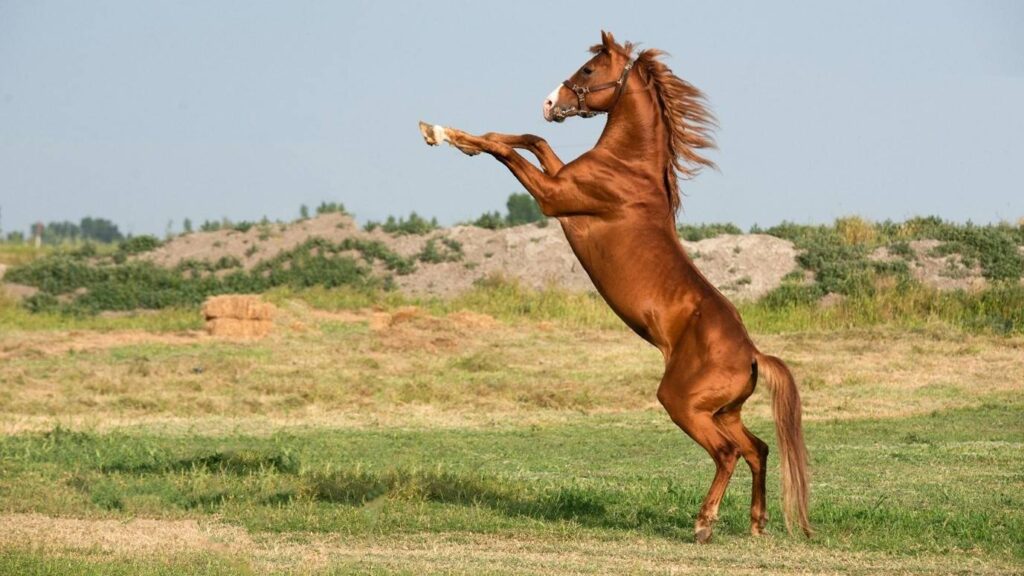Feeding horses in groups is a practice that can be both beneficial and challenging. With careful planning and management, it can lead to healthier and happier horses. In this article, we’ll explore the nuances of feeding horses in groups, ensuring that each horse gets the nutrition it needs while maintaining peace in the herd.

Why Feed Horses in Groups?
Group feeding can mimic the natural social environment of horses. In the wild, horses graze together, which can reduce stress and promote natural behaviors. Feeding horses in groups can also save time and resources for horse owners.
Understanding Herd Dynamics
Horses are social animals with a clear hierarchy. Understanding this hierarchy is crucial for successful group feeding. Dominant horses might try to control food resources, which can lead to conflicts.
Identifying Dominance
Observe your herd to identify which horses are more dominant. This will help you plan feeding strategies that ensure all horses get their share without conflict.
Creating a Safe Feeding Environment
Safety is paramount when feeding horses in groups. Ensure there is enough space for all horses to eat comfortably. This can prevent injuries and reduce stress among the herd.
Providing Adequate Space
Each horse should have enough space to eat without feeling threatened. A good rule of thumb is to provide at least 12 feet of space between feeding stations.
Choosing the Right Feed
Selecting the right feed is crucial for maintaining the health of your herd. Consider each horse’s dietary needs and balance their nutrition accordingly.
Consult with a Nutritionist
Work with an equine nutritionist to create a balanced diet that meets the needs of all horses in the group.
Feeding Strategies for Groups
There are several strategies to consider when feeding horses in groups, such as free-choice hay feeding, using slow feeders, or individual feeding stations.
Free-Choice Hay Feeding
This method allows horses to eat as they would in the wild. Ensure there is always enough hay available to prevent competition.
Monitoring Health and Nutrition
Regularly monitor the health and nutrition of your herd. Look for signs of weight loss, coat condition, and overall vitality.
Body Condition Scoring
Use body condition scoring to assess the health of your horses. This can help you adjust feeding practices as needed.
Managing Special Diets
Some horses may have special dietary needs due to age, health conditions, or metabolic issues. It’s important to accommodate these needs within the group setting.
For more on managing special diets, see this feeding horses with metabolic issues guide.
Addressing Common Challenges
Group feeding isn’t without its challenges. Common issues include feed aggression, resource guarding, and ensuring each horse receives its nutritional needs.
Dealing with Aggression
If aggression occurs, consider separating aggressive horses during feeding times or using physical barriers to create individual feeding spaces.
Tools and Equipment for Group Feeding
Invest in the right tools and equipment, such as hay nets, slow feeders, and feeding stations, to facilitate group feeding.
Using Slow Feeders
Slow feeders can help regulate feed intake and prevent overeating, reducing the risk of colic and other digestive issues.
Ensuring Hygiene and Cleanliness
Maintaining cleanliness in the feeding area is crucial to prevent the spread of disease and parasites.
Regular Cleaning Routine
Implement a regular cleaning routine for feeding areas and equipment to ensure a healthy environment for your horses.
Case Study: Successful Group Feeding
Learn from real-world examples of successful group feeding setups. These case studies can provide valuable insights and inspiration.
Case Study 1: Happy Hooves Ranch
At Happy Hooves Ranch, horses are fed in groups using a combination of free-choice hay and individual grain rations, leading to a harmonious herd.
Expert Tips for Group Feeding
Gain insights from equine experts on best practices for feeding horses in groups, including tips on managing herd dynamics and nutrition.
Tip from Dr. Equine
‘Always observe your horses during feeding times to ensure harmony and adjust your strategies as needed,’ advises Dr. Equine, a renowned equine nutritionist.
Conclusion
Feeding horses in groups requires careful planning and management, but it can lead to healthier, happier horses. By understanding herd dynamics, choosing the right feed, and monitoring health, you can create a successful group feeding environment.

FAQs
How much space should I provide for group feeding?
Provide at least 12 feet of space between feeding stations to prevent competition and ensure safety.
What if a horse has special dietary needs?
Accommodate special dietary needs by consulting with a nutritionist and adjusting feeding practices accordingly.
How can I prevent aggression during group feeding?
Separate aggressive horses during feeding times or use physical barriers to create individual feeding spaces.
For more insights on feeding horses, visit this feeding schedule guide.
For further reading on nutritional myopathies in horses, check Nutritional Myopathies in Horses.
This article contains affiliate links. We may earn a commission at no extra cost to you.



